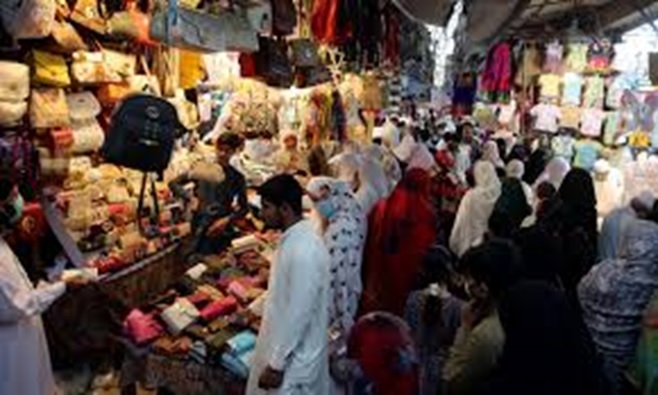
I believe that a city is a living thing and if what it needs is not available formally, it will acquire it through other means. And this is what has been happening so far, and this is how Karachi has developed over time and how it is developing today. But, there has to be a solution whereby the market demand is also met while maintaining the city’s sanity
A City’s Needs
By Arif Hasan
Karachi, Pakistan

The recent decision by the Sindh Building Control Authority (SBCA) to promote the construction and functioning of commercial activities within domestic premises is unfortunate. In reality though, it is the regularization of a de facto situation.
In Karachi, tens of thousands of residential premises are used as health and education facilities and as storage for small-scale industrial activities in low-income areas, making living unhealthy and congested. Even in high-income areas, some of the most expensive schools and eating places are located in residential areas.
One can witness car parking, loading and unloading of goods, vans transporting children, the collection and carrying of solid waste, vehicles of every size selling water, and above all, the absence of space for children to play. In addition, this mix of ‘illegal’ activities is carried out thanks to payments made possible through alleged bribes to the SBCA and other government functionaries or their agents who we refer to as ‘mafias’.
The architecture of most of these activities is ugly, their façades are not finished, functionally they are decrepit, and add to the ugliness of the city. They do not follow any bylaws or zoning regulations, which makes their subsequent ‘regularization’ difficult.
But there is a demand in the market for space for these activities. I believe that a city is a living thing and if what it needs is not available formally, it will acquire it through other means. And this is what has been happening so far and this is how Karachi has developed over time and how it is developing today. But, there has to be a solution whereby the market demand is also met while maintaining the city’s sanity.
Many cities in the so-called Global South have come across this problem, and those that have tackled it through a spatial reorganization of the city, maintaining a balance between demand and supply, have been comparatively more successful in providing both for the present and future needs of the city. There is no short-term solution to the problem, but one should not surrender to anti-environmental pressures, which will only result in additional stress on Karachi’s already depleted infrastructure.
A KDA governing body comprising A. Cowasjee, Tasneem Siddiqui, Nazim Haji and myself had, in the year 2000, proposed the creation of a commercial city in an area where intense commercial activity for the middle class was rapidly increasing in the shape of middle-income schools, demands for health facilities, middle-income and lower-middle-income office space, banks, travel agents and diplomatic subsidiaries.
The area that we chose was enclosed by fast-moving roads and comprised Sharea Faisal, Shaheed-i-Millat Road, Shahrah-i-Quaideen, and its immediate properties. We proposed that this location should be planned as a commercial area with proper spaces for car parking, parks, and other community facilities. This would be a plan to create space for functions that are in demand. There would be laws to encourage people to buy and sell properties to finance the planning and implementation of this plan over a period of 10 years.
At that time, the plans for the green, red and yellow Bus Rapid Transits did not exist and these were not taken into consideration, otherwise important nodes of development would have been where the BRTs and major roads intersected. The absence of BRTs in the planning process that we envisaged shows us how important it is to have a long-term plan for the city — something we have been talking about now for more than two decades.
In the same way, it is important to understand the long-term needs for small-scale and medium-sized enterprises for the city and to cater for them. If we do not do that, we will further clog the already congested areas of the city. This is what happened when government agencies decided to commercialize the major roads of the city, leading to congestion and many of the parking problems that we face today. The conclusion of this discussion is that we have reached a stage in Karachi where we cannot grow under pressure or demand; instead, we have to plan for the future.
Unless this thinking is followed, Karachi will keep growing in a haphazard manner and the city will be acquiring what it needs through coercion, bribery and unplanned land-use changes. The conceptual nature of this plan had evolved considerably by 2000 but then the governor dissolved the committee and that was the end of the story.
(The writer is an architect. Dawn)

